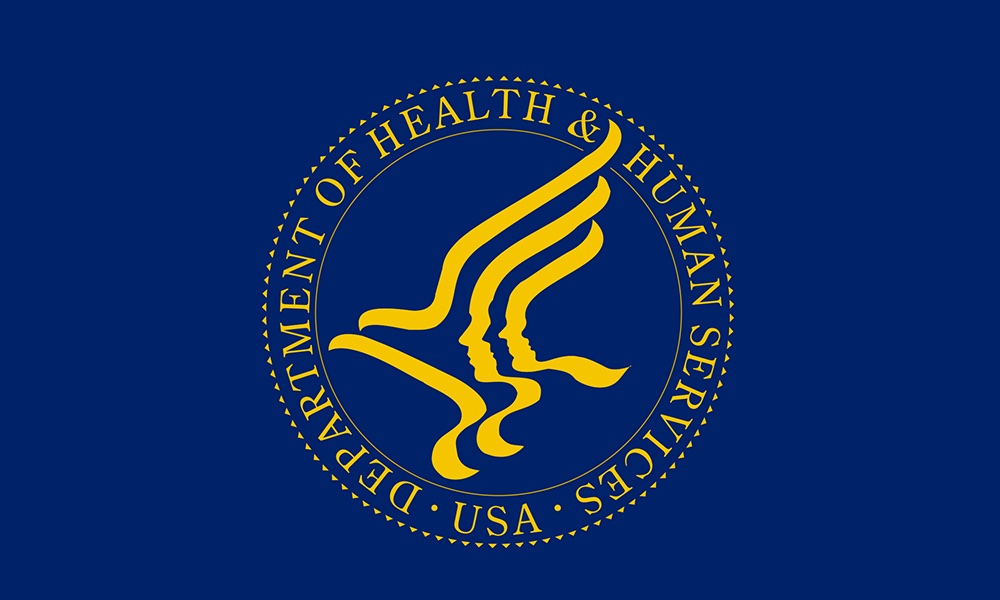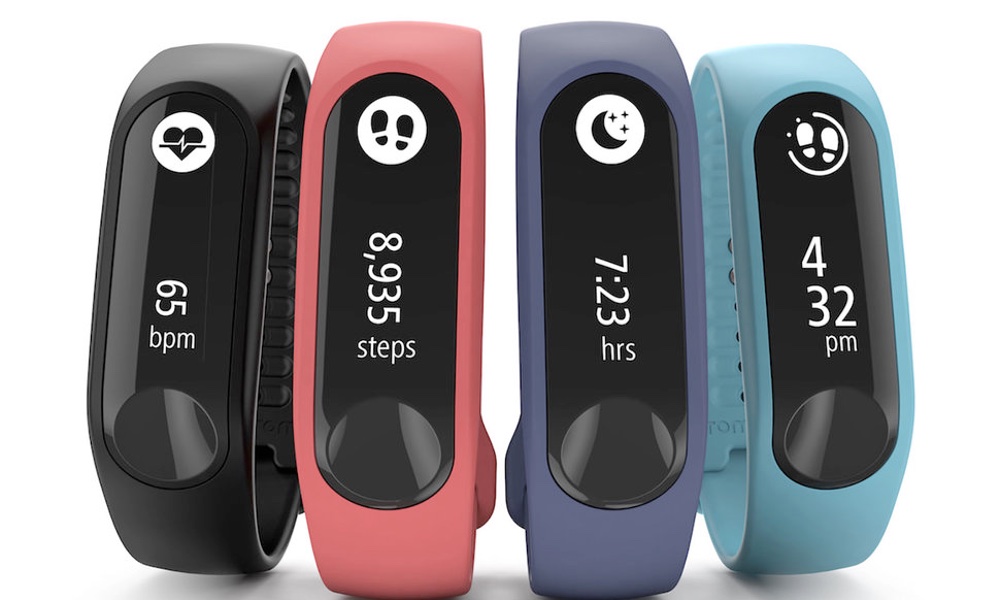Bloorview Hospital in Toronto is Canada's largest children's rehabilitation hospital. It cares for many children with multiple disabilities, some of whom are in a totally locked-in state, unable to make their wishes known. In an effort to help them, a team has constructed a device which is able to tell the preference of a person who has been given two different choices. It's mind reading on a very limited scale and appears to be 80% accurate.When a region of the brain is active, both the oxygen and the hemoglobin in its blood increase.
The device relies on a headband that sends light into the wearer's brain. The headband is also connected to an imaging computer. When a region of the brain is active, both the oxygen and the hemoglobin in its blood increase. This causes the amount of light that is absorbed to change and that change can be seen in an optical scan on the computer. There seem to be two classes of people, one whose brains are more active when they like something and another whose brains are more active when they dislike it. After preliminary scans reveal which type of person the subject is, the device can then be used to tell a subject's preference between two choices, here between two different drinks. The scans took about 50 seconds each and were 80% accurate in showing which drink the subject preferred.
The testing was done on able-bodied individuals because it's much easier to find out if the test results actually match the subjects' preferences. Dealing with individuals unable to communicate normally will likely present some challenges. And the device needs several improvements before it can be clinically useful. Still, it's much more practical than anything that's been previously developed. Sheena Luu led the study and is a doctoral student in biomedical engineering at the University of Toronto. Luu envisions creating an improved model, one with a portable headband that works using wireless technology- a device that could open the world of choice to children who can't speak or move.
In the study, nine healthy subjects, average age 23, were asked to indicate a preference between two different drinks. While wearing a light-emitting headband, they were shown images of the two drinks on a computer monitor, one right after the other, and then asked to show their preference by clicking a mouse. There were eight different possible drinks. Each subject participated in 56 different trials (which drink do you prefer?), and their indicated preferences were checked against their brain scans. The study was published in the February 2009 issue of the Journal of Neural Engineering.




